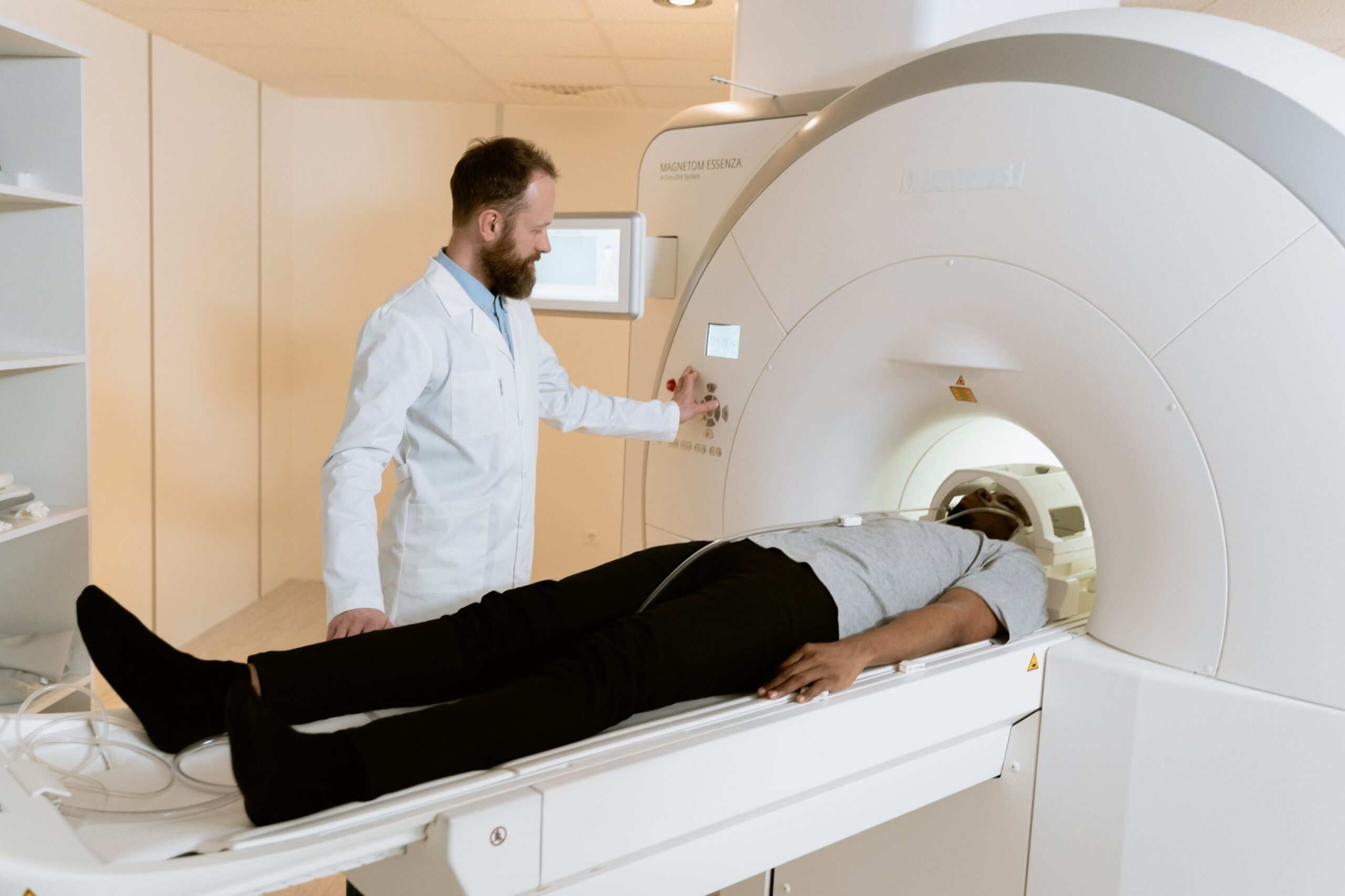Summary
The journal article explores the use of ultrasound in regional anesthesia, particularly in nerve blocks. It highlights the historical development of ultrasound-guided nerve blocks, emphasizing studies focused on the brachial plexus, infraclavicular and interscalene blocks, and lower limb nerve blocks.
The article discusses how ultrasound aids in identifying nerves, guiding needle or catheter placement, and visualizing the spread of local anesthetic. The advantages of ultrasound include avoiding complications, such as pneumothorax, and enhancing the accuracy of nerve blocks.
The authors present various studies that demonstrate the efficacy of ultrasound in improving block quality, onset time, and patient outcomes. They also discuss the evolving technology, emphasizing the improved resolution and portability of modern ultrasound equipment, making it more accessible for regional anesthesia applications.










